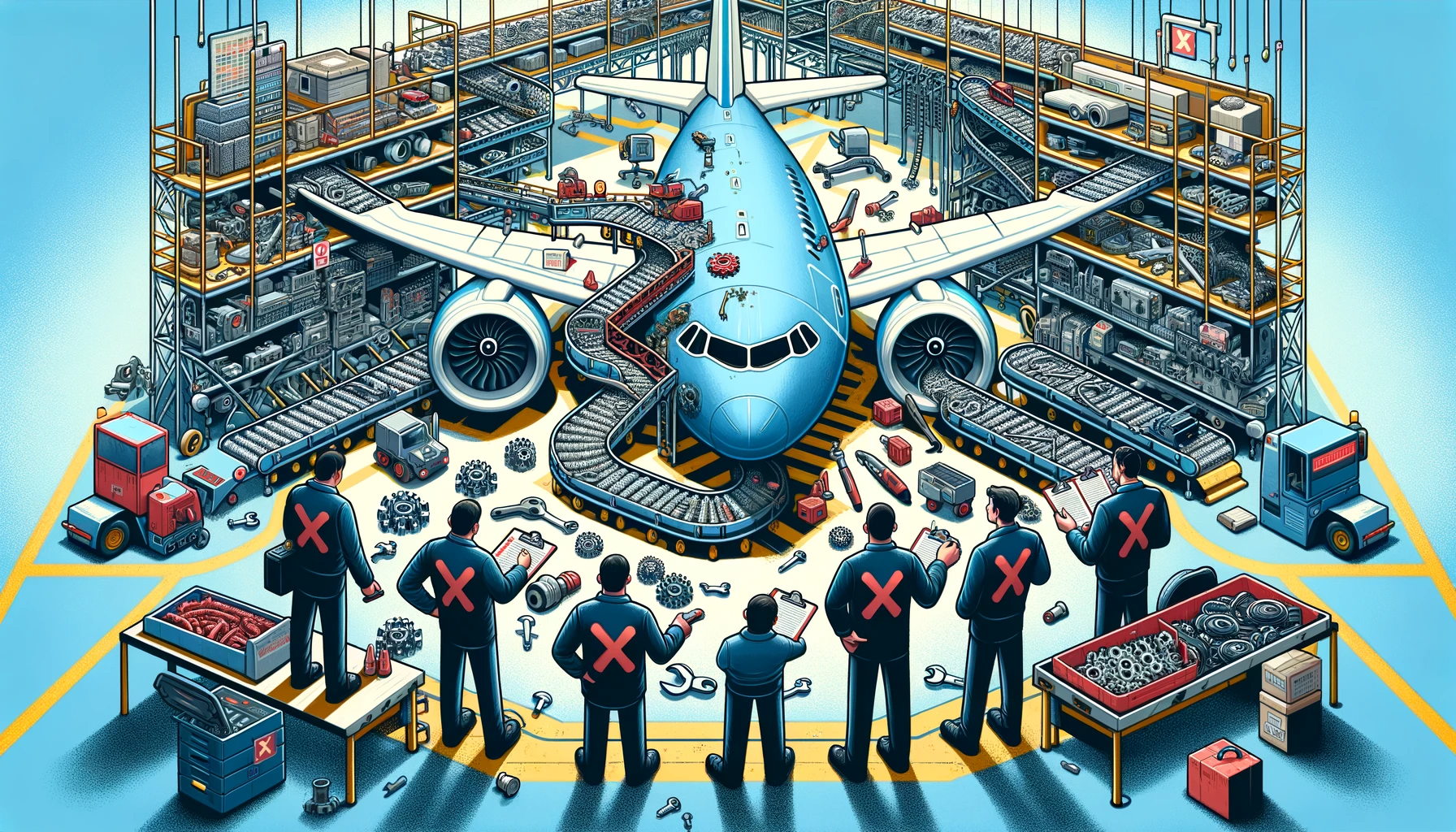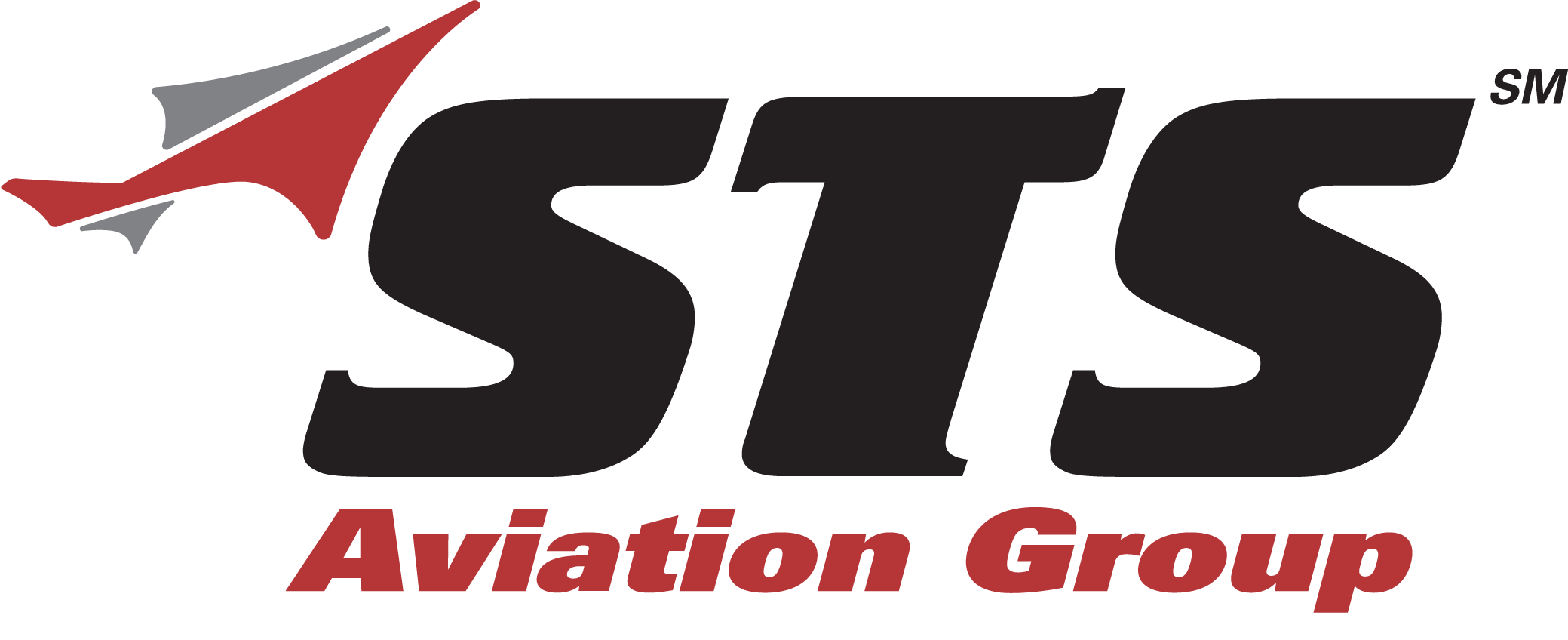Addressing Supply Chain Challenges in the MRO Industry

As the aviation industry accelerates towards recovery in 2023, STS Aviation Group stands at the forefront of navigating the complex landscape of Maintenance, Repair and Overhaul (MRO). With a projected market growth to $93.9 billion, reflecting a robust 21% increase from the previous year, MRO operations are returning to pre-pandemic levels, driven by a nearly fully recovered global fleet and passenger traffic at 90%. This resurgence, however, brings to light significant challenges within the MRO industry, particularly in supply chain management—a pivotal aspect of MRO operations that ensures efficiency and reliability in aircraft maintenance.
Challenges of the MRO Industry
The industry’s recovery has not been without its hurdles. Top among them is labor and material cost management, which industry professionals cite as the primary disruptor in the coming years. A contributing factor is the anticipated increase in labor costs, expected to rise by approximately 5.6% annually, a notable hike from the 2-3% inflation seen before the pandemic. Moreover, the industry is grappling with a shortage of maintenance technicians, a pre-existing issue that has been significantly exacerbated by recent global events.
Supply Chain Issues in Aviation
The ramifications of the Russia-Ukraine conflict have left a lasting imprint on the supply chain, creating an array of challenges from inflated costs to logistical complexities. Companies are actively seeking to bolster their capabilities, particularly in specialist engine and component repairs, and are prioritizing capacity ramp-ups to mitigate post-pandemic slot availability challenges. However, parts availability and shipping delays remain persistent issues that are compounded by the necessity for digitalization and modernization of the MRO workflow.
Supply Chain Management for Aviation MRO Industry
Effective supply chain management is pivotal in the current MRO landscape. Operators are expected to contend with the prevailing supply chain disruptions for one to three more years, with materials cost inflation predicted to continue at a rate of 6.7% annually over the next couple of years. In response, MROs are increasingly turning to Used Serviceable Material (USM) to curb costs. The retirement of current gen fleets presents ample opportunities for material harvesting, with compatibility between current and next-gen fleets expected to drive adoption rates.
The Most Challenging Task for an MRO Operator
For MRO operators, the most formidable challenge lies in securing a skilled workforce. Operators are intensifying efforts towards educational outreach, subsidizing technical training, and increasing minority hiring to build a sustainable talent pipeline. Additionally, MROs are seeking to improve work environments, broaden recruitment from various industries, and harness internet-based recruiting to attract necessary talent.
Time to Capitalize
The MRO industry, while optimistic about its prospects, must navigate the intricate web of supply chain and workforce constraints. With strategic focus areas including operational efficiency, digitalization, and talent acquisition, the industry is poised to not only overcome these challenges but also capitalize on emerging opportunities. As STS Aviation Group continues to pioneer innovative solutions, our commitment to excellence and agility remains steadfast, ensuring that we stay at the vanguard of the industry’s evolution.


